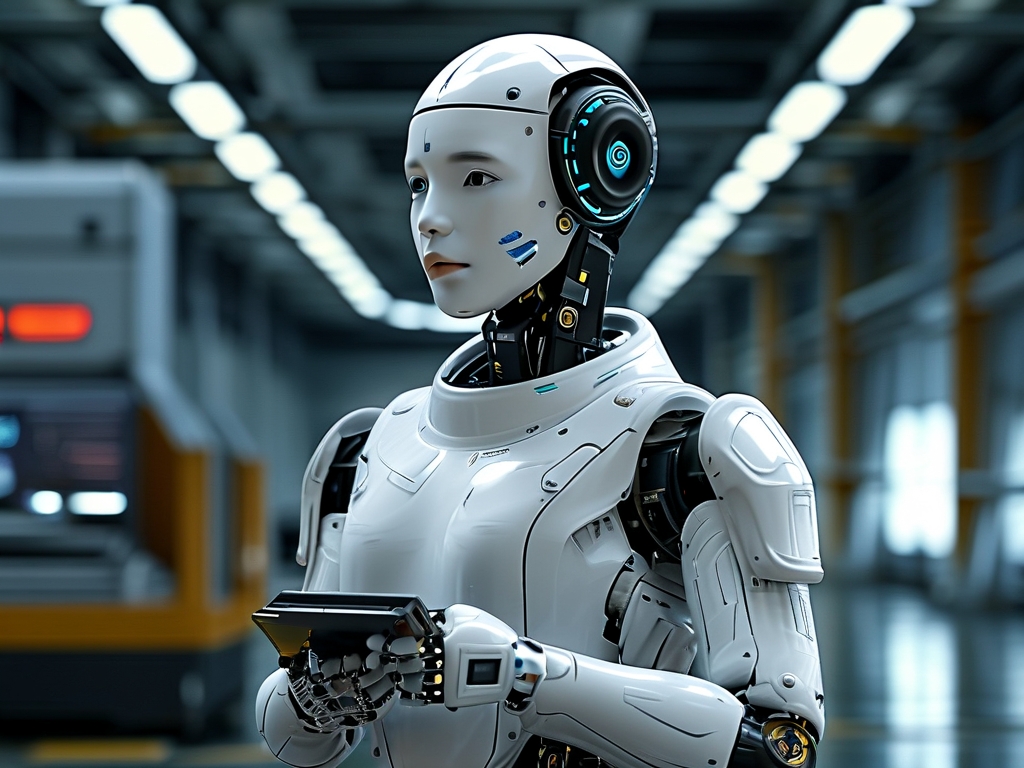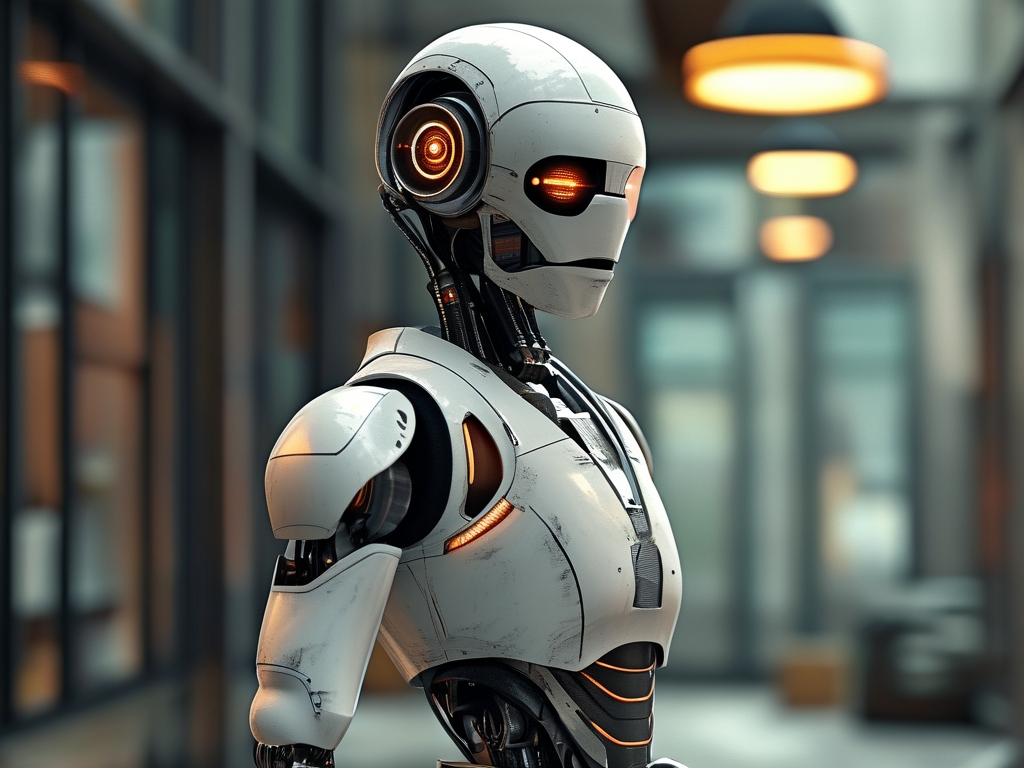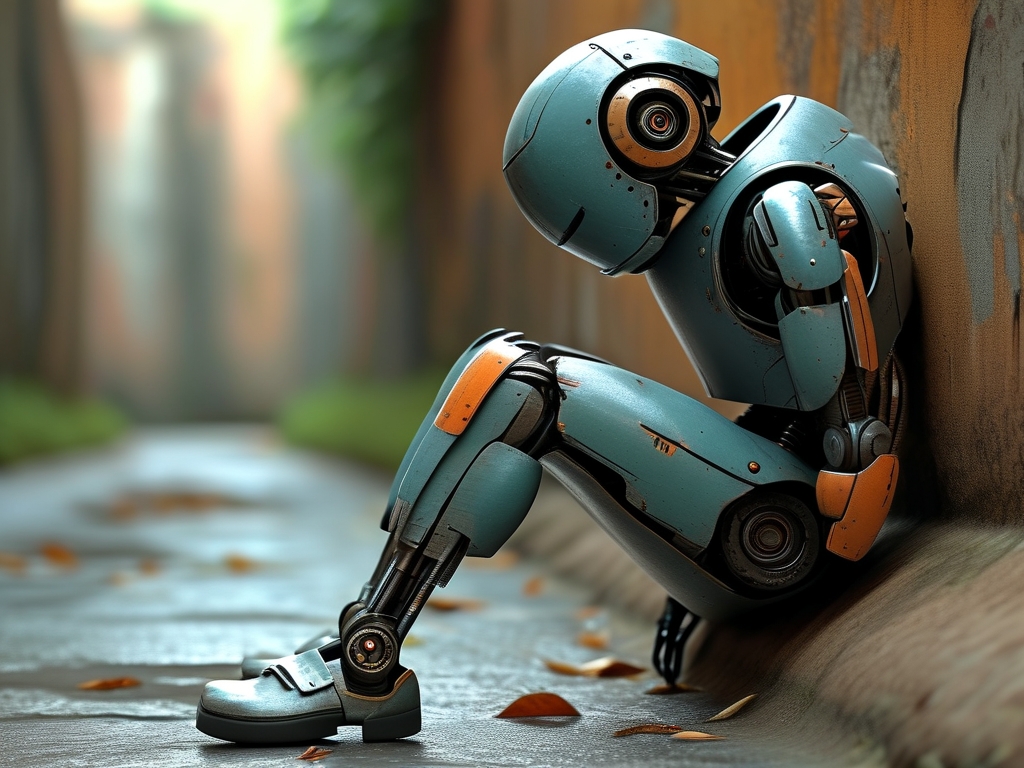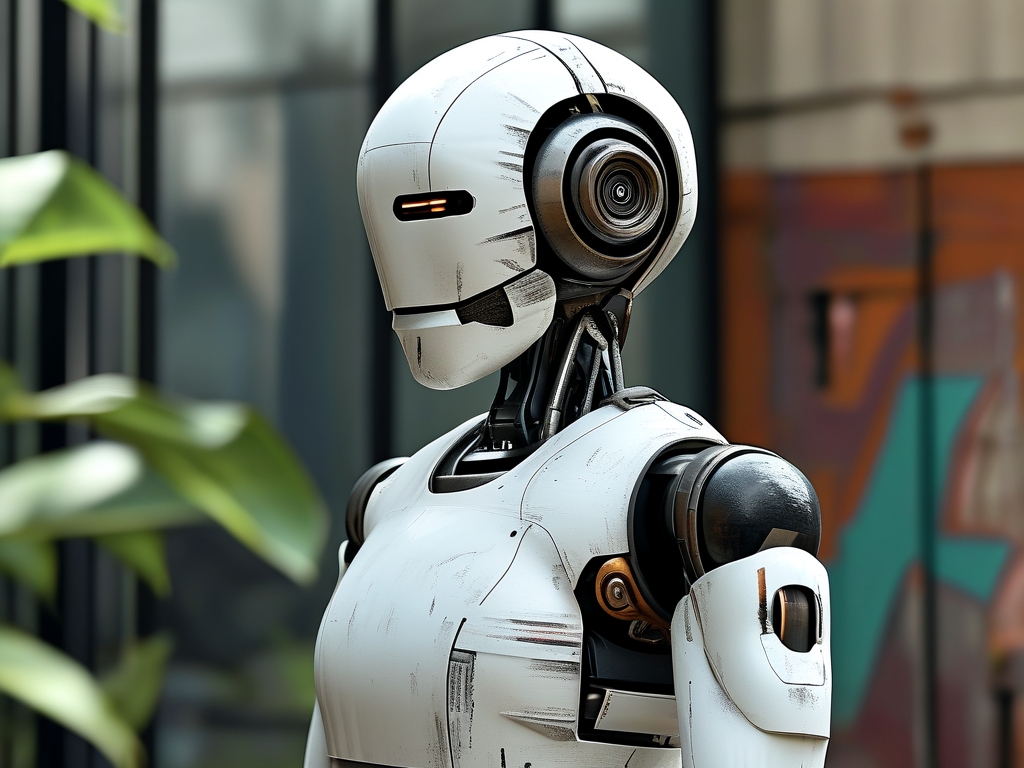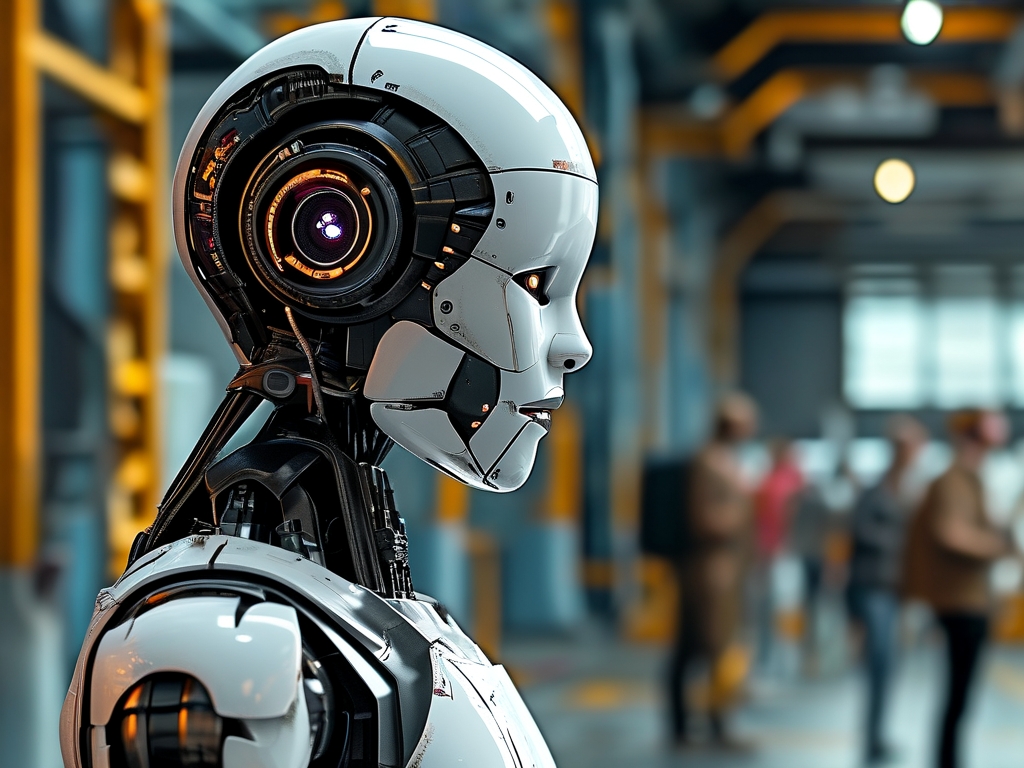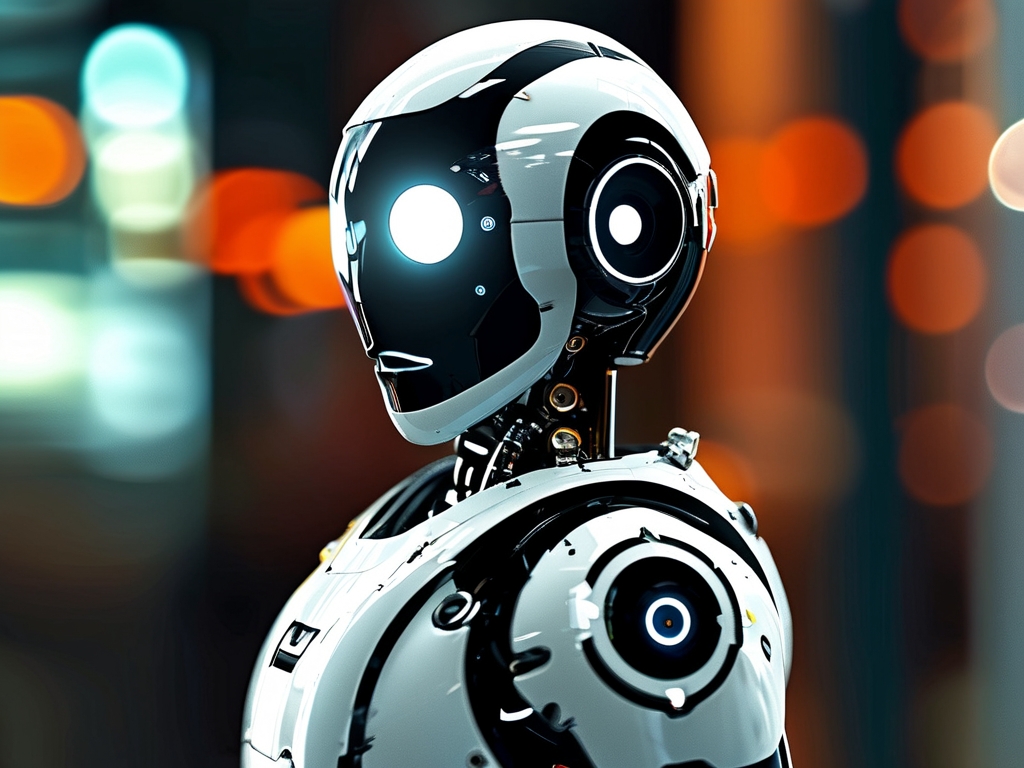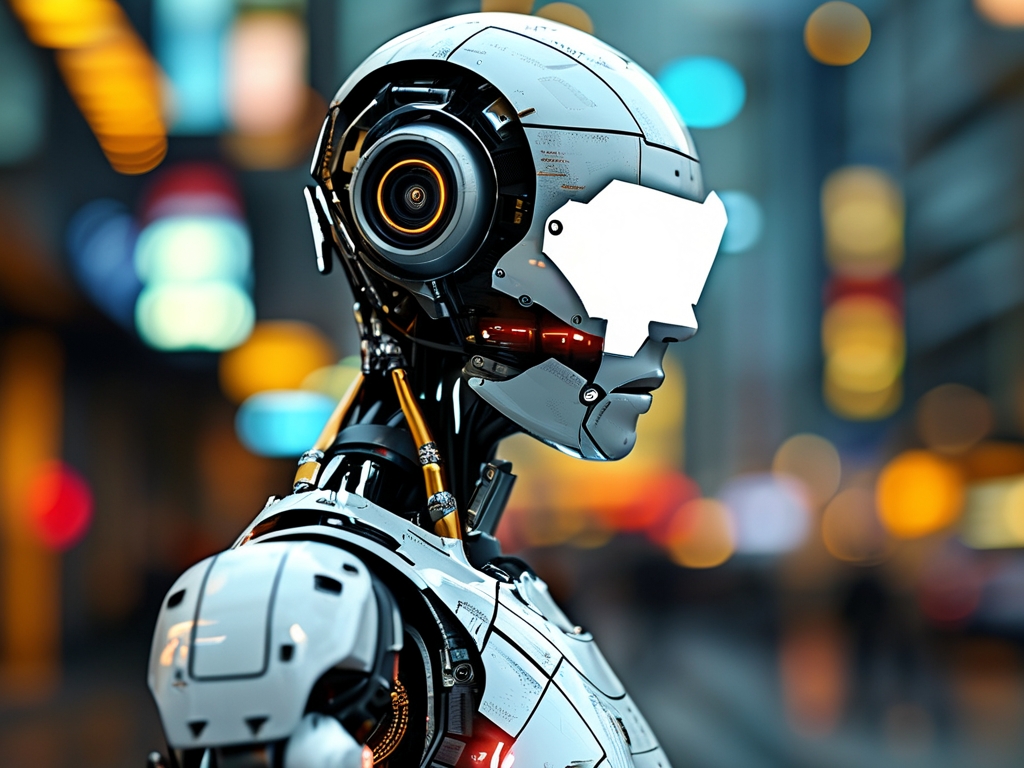Humanoid robots, designed to mimic human movement and interaction, rely heavily on advanced joint technologies to achieve lifelike agility and precision. As these machines transition from laboratory prototypes to real-world applications in healthcare, disaster response, and service industries, the development of robust, efficient, and adaptive joint systems has become a cornerstone of robotics innovation. This article explores the technical frameworks, challenges, and breakthroughs shaping the future of humanoid robot joint technology.
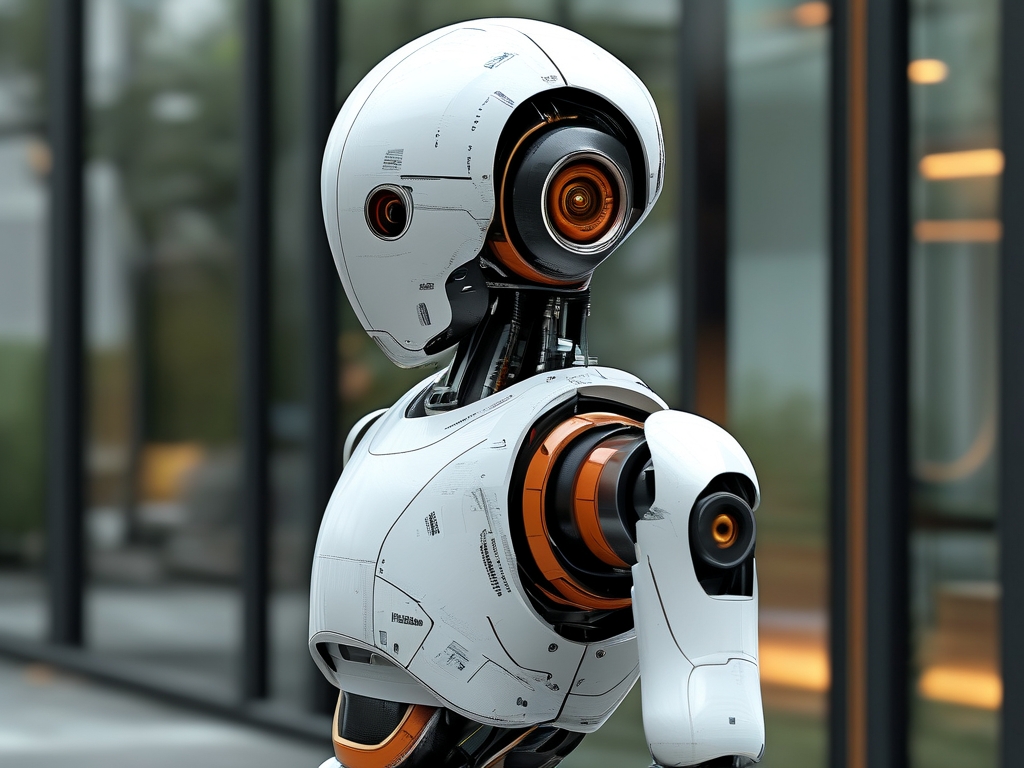
1. Core Requirements for Humanoid Robot Joints
Humanoid joints must replicate the human body’s range of motion while balancing conflicting demands:
- High torque-to-weight ratios for lifting and dynamic movements.
- Low energy consumption to extend operational autonomy.
- Precision control for delicate tasks like object manipulation.
- Durability to withstand repetitive stress and environmental factors.
Traditional solutions, such as harmonic drives and planetary gearboxes, excel in precision but struggle with weight and shock absorption. Meanwhile, hydraulic systems offer power at the cost of complexity and energy inefficiency. These limitations have spurred research into hybrid and bio-inspired designs.
2. Emerging Joint Technologies
a) Series Elastic Actuators (SEAs)
SEAs integrate elastic components (e.g., springs) between motors and joints, enabling force sensing and shock absorption. This design improves safety in human-robot interaction and enhances adaptability to uneven terrain. For instance, Boston Dynamics’ Atlas robot employs SEAs to achieve remarkable balance during jumps and rolls.
b) Magnetic Gear and Direct-Drive Systems
Magnetic gears eliminate physical contact between components, reducing wear and noise. Direct-drive motors, though bulky, provide high torque without gear losses. Startups like Genesis Robotics have developed compact direct-drive modules tailored for robotic knees and elbows.
c) Pneumatic Artificial Muscles (PAMs)
Inspired by biological muscles, PAMs use compressed air to contract and expand. Festo’s BionicCobot demonstrates their potential for gentle, responsive movements in collaborative settings. However, challenges remain in miniaturizing air compressors and improving energy efficiency.
d) Shape-Memory Alloy (SMA) Actuators
SMAs contract when heated, enabling silent, lightweight joints. Researchers at MIT have prototyped finger joints using SMA wires, achieving 90% weight reduction compared to conventional motors. The trade-off lies in slower response times and thermal management hurdles.
3. Integration Challenges and Solutions
Power Density vs. Efficiency
High-torque actuators often demand substantial energy, conflicting with battery life goals. Hybrid systems, such as Toyota’s combination of electric motors and hydraulic accumulators, dynamically switch modes to optimize power use during tasks like stair climbing.
Sensor Fusion and Control Algorithms
Advanced joints require real-time feedback from torque, position, and tactile sensors. Machine learning algorithms, like reinforcement learning, enable robots to “learn” optimal joint trajectories. OpenAI’s Dactyl project showcased how AI-trained policies improve dexterity in multi-jointed hands.
Thermal Management
Continuous operation generates heat, risking component failure. Liquid cooling channels, as seen in Tesla’s Optimus robot, and phase-change materials are being tested to dissipate heat without adding bulk.
4. Case Studies in Joint Innovation
- Honda’s ASIMO: Utilized compact harmonic drives and dynamic gait control, but retired due to high energy consumption.
- UBTech’s Walker X: Employs modular joint units with integrated sensing, allowing rapid customization for different tasks.
- Agility Robotics’ Digit: Features lightweight SEAs optimized for bipedal locomotion in logistics environments.
5. Future Directions
a) Neuromorphic Engineering
Mimicking the human nervous system, neuromorphic chips could enable decentralized joint control, reducing latency. Intel’s Loihi processor has been trialed for real-time adaptive joint stiffness adjustment.
b) 4D-Printed Materials
Smart materials that change shape in response to stimuli (e.g., temperature, electric fields) may enable self-reconfiguring joints. Early experiments at Harvard’s Wyss Institute show promise for adaptive grippers.
c) Energy Harvesting
Joints incorporating piezoelectric or triboelectric components could convert mechanical motion into stored energy, easing power constraints.
6. Ethical and Industrial Implications
As joint technologies advance, ethical debates intensify. Ultra-precise humanoid robots could disrupt labor markets, while military applications raise concerns about autonomous weaponry. Standardizing safety protocols and fostering interdisciplinary collaboration will be critical to responsible innovation.
The evolution of humanoid robot joints is a multidisciplinary endeavor, merging mechanics, materials science, and AI. While no single technology yet matches the versatility of human joints, converging innovations in actuation, control, and energy systems are bridging the gap. As these technologies mature, humanoid robots will transition from rigid, task-specific machines to fluid, general-purpose partners in human environments. The next decade may well witness joints that not only replicate but surpass biological capabilities, redefining the boundaries of robotics.


